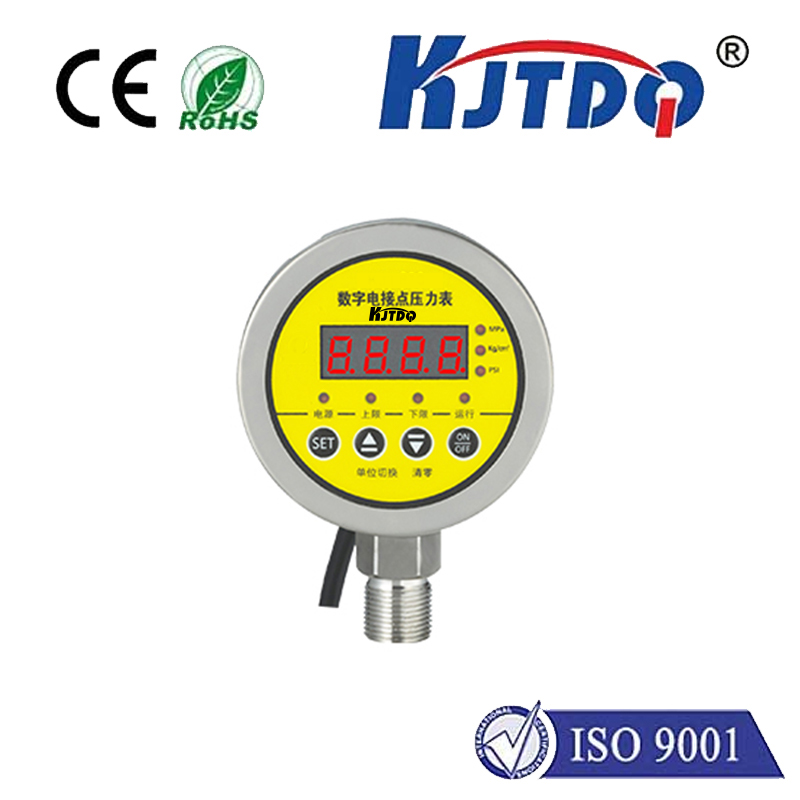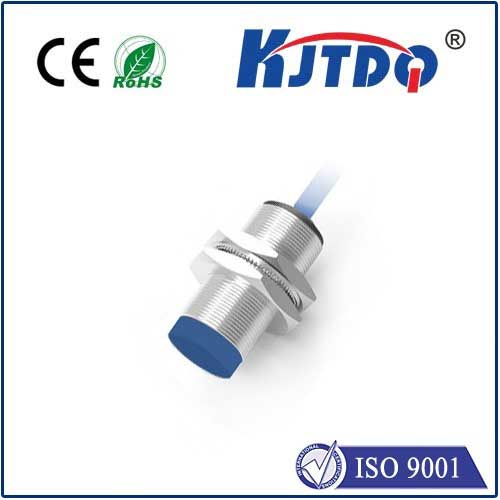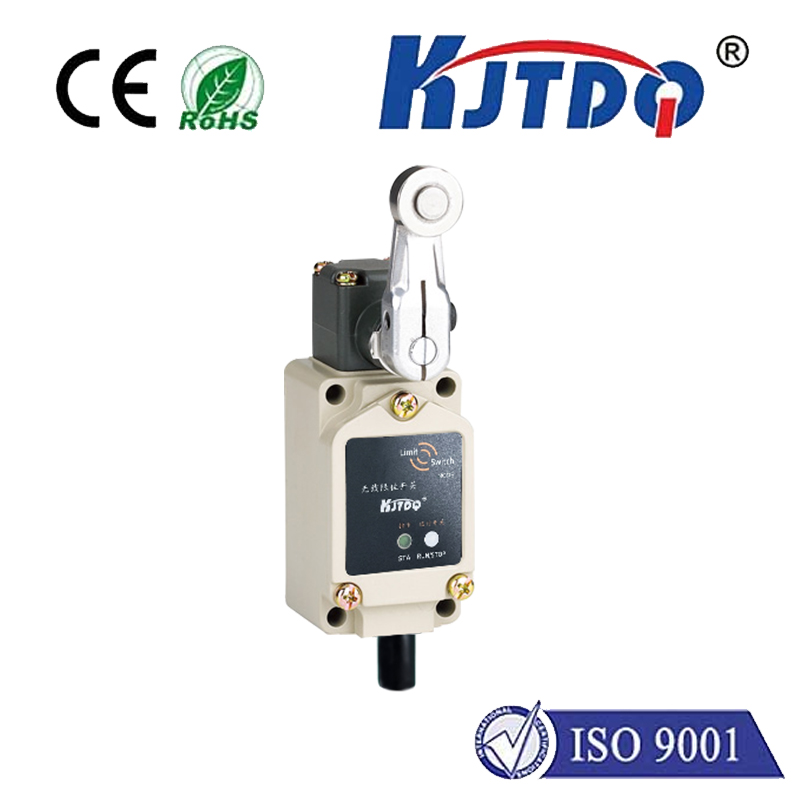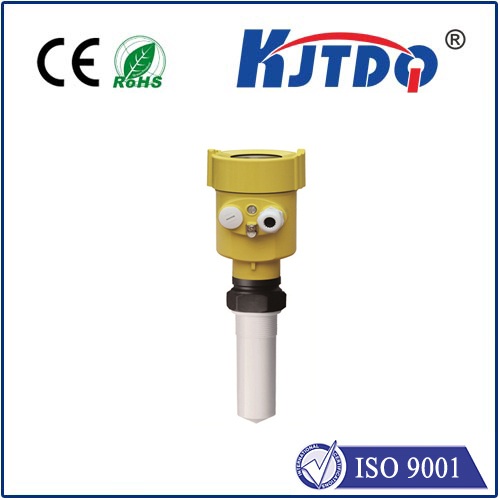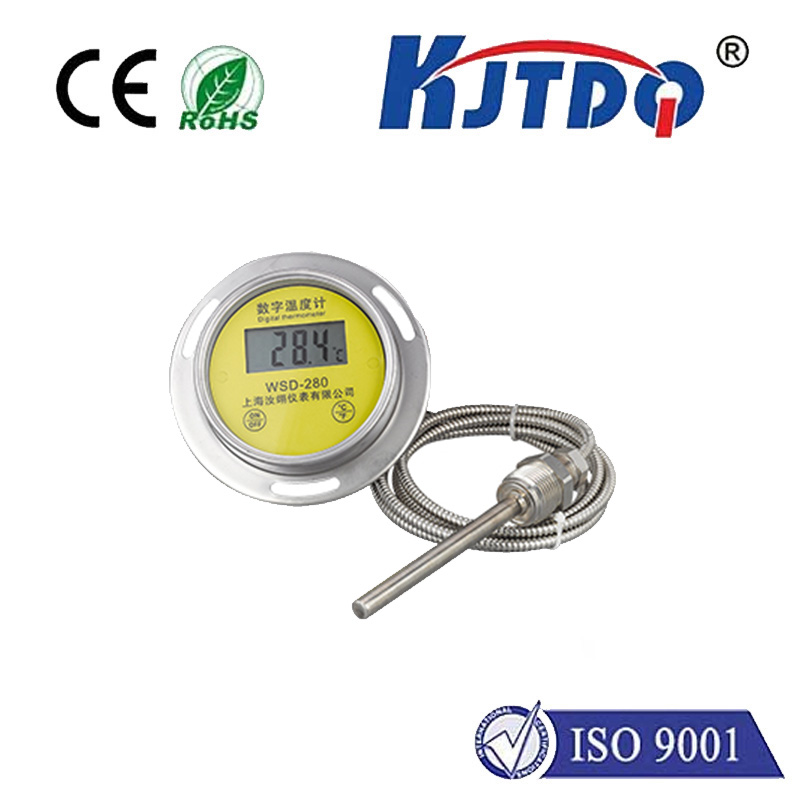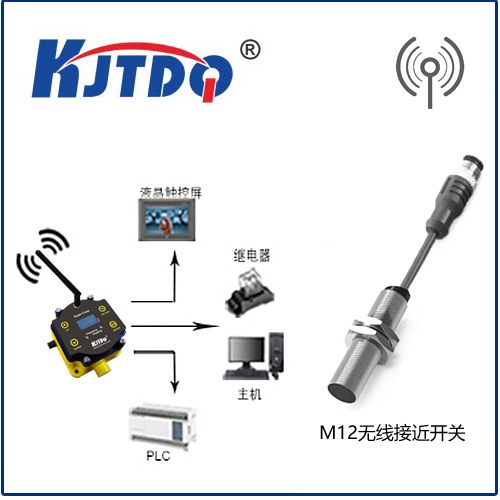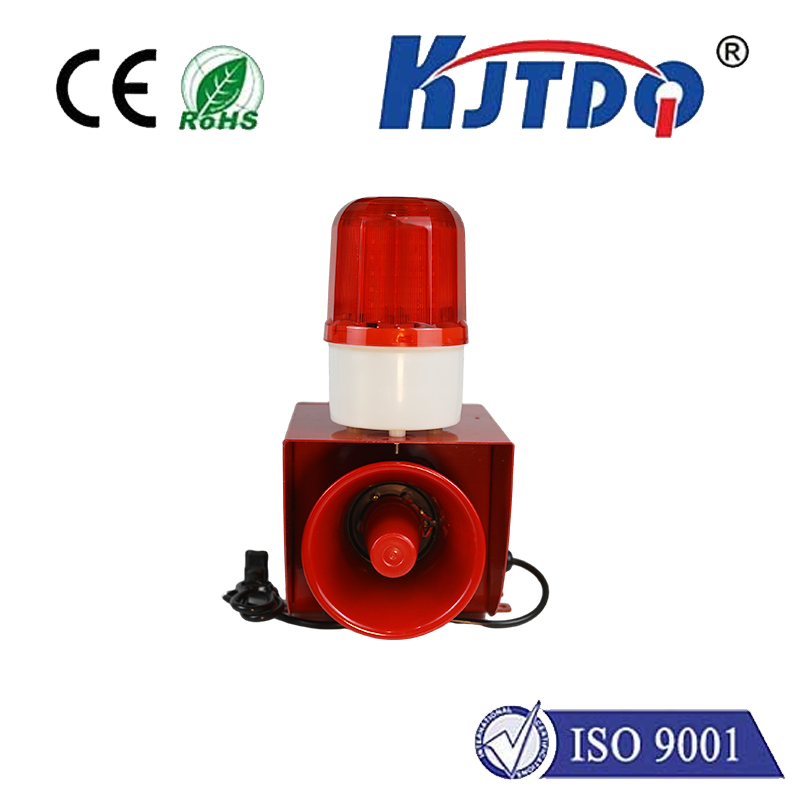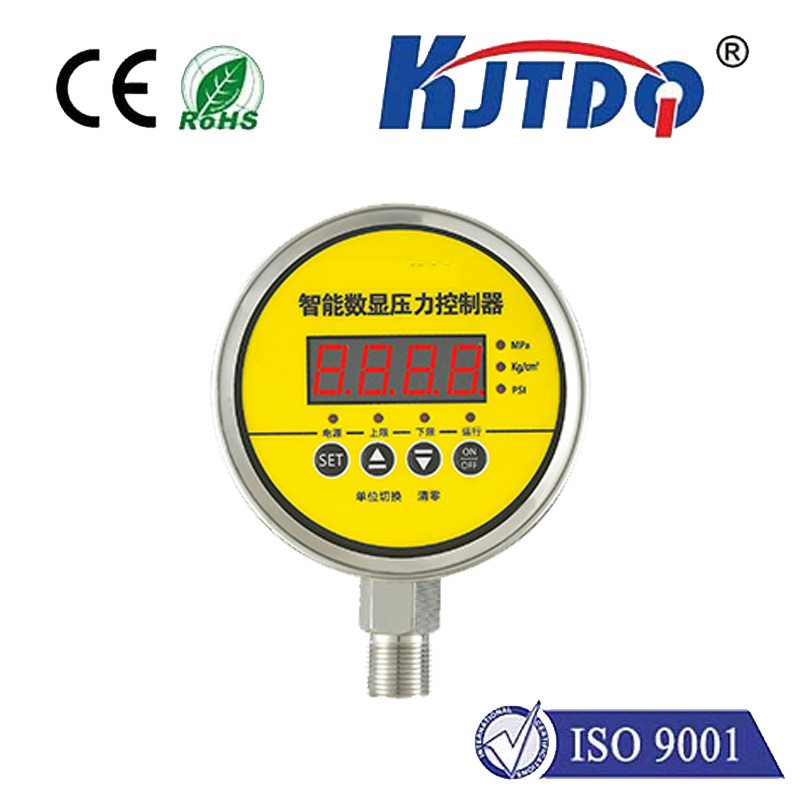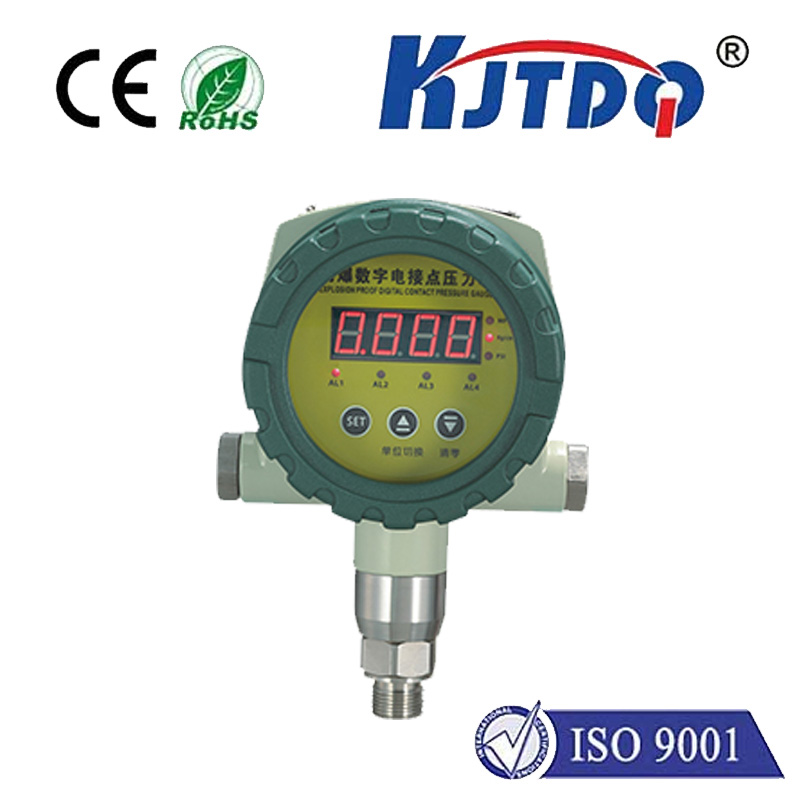long distance photoelectric sensor
- time:2024-10-18 00:21:14
- Click:0

Title: Long Distance Photoelectric Sensor: A Beacon of Advancement in Modern Technologies
In the realm of technology, the long distance photoelectric sensor stands as a testament to human ingenuity and our relentless pursuit towards advancement. Its development has paved the way for numerous innovations, revolutionizing various sectors and redefining our interaction with the world around us. This article delves into the essence of this remarkable device, its applications, and its significance in shaping the future of modern technologies.
Understanding the Long Distance Photoelectric Sensor
The long distance photoelectric sensor is a sophisticated device that utilizes light to detect objects or people from a considerable distance away. It works on the principle of reflecting infrared light towards the target. When the infrared light hits an object, it gets reflected back to the sensor. The sensor then measures the time it took for the light to return, which helps in determining the distance of the object. This process is known as Time-of-Flight (ToF) measurement.
The long distance photoelectric sensor is designed to provide accurate measurements over longer distances compared to traditional photoelectric sensors. This makes it an ideal tool for applications requiring precise distance measurement at extended ranges.
Applications of Long Distance Photoelectric Sensors
The applications of long distance photoelectric sensors are vast and varied. They are used in industries ranging from automotive manufacturing to aerospace, from security systems to environmental monitoring. Some notable applications include:
- Autonomous Vehicles: Long distance photoelectric sensors play a crucial role in enabling autonomous vehicles to navigate their environment safely and efficiently. By accurately measuring the distance between the vehicle and other objects, these sensors help prevent accidents and ensure smooth operation.
- Security Systems: These sensors are also used in security systems to detect intruders or unauthorized access attempts from a distance. Their ability to measure distance accurately allows them to distinguish between moving and stationary objects, reducing false alarms and enhancing system reliability.
- Environmental Monitoring: In environmental monitoring applications, long distance photoelectric sensors are used to measure parameters such as temperature, humidity, and air quality over large areas. Their long-range capability allows for comprehensive data collection without the need for multiple devices.
- Industrial Automation: In industrial automation, these sensors are used for tasks such as part localization, conveyor belt tracking, and material handling. Their precision and long-range capabilities make them ideal for use in environments where accuracy and efficiency are paramount.
- Aerospace: In the aerospace industry, long distance photoelectric sensors are used for aircraft landing assistance systems and obstacle detection. Their ability to provide real-time data ensures safe operations and enhances overall system performance.
Significance of Long Distance Photoelectric Sensors in Modern Technologies
The long distance photoelectric sensor holds immense potential in shaping the future of modern technologies. As we continue to push the boundaries of what is possible, this device will undoubtedly play a pivotal role in driving innovation across various fields. Its ability to provide accurate measurements over extended distances opens up new possibilities for advancements in fields such as robotics, artificial intelligence, and Internet of Things (IoT).
Moreover, the long distance photoelectric sensor’s energy efficiency makes it an eco-friendly alternative to traditional sensing technologies. As we strive towards sustainable development and reducing our carbon footprint, this device offers a promising solution for achieving these goals while meeting our technological needs.
In conclusion, the long distance photoelectric sensor embodies the spirit of innovation that drives human progress. Its development has not only transformed the way we interact with our environment but has also laid the groundwork for future advancements in modern technologies. As we continue to explore its potential and unlock new applications, there is no doubt that this remarkable device will continue to shape the course of technological evolution for years to come.





